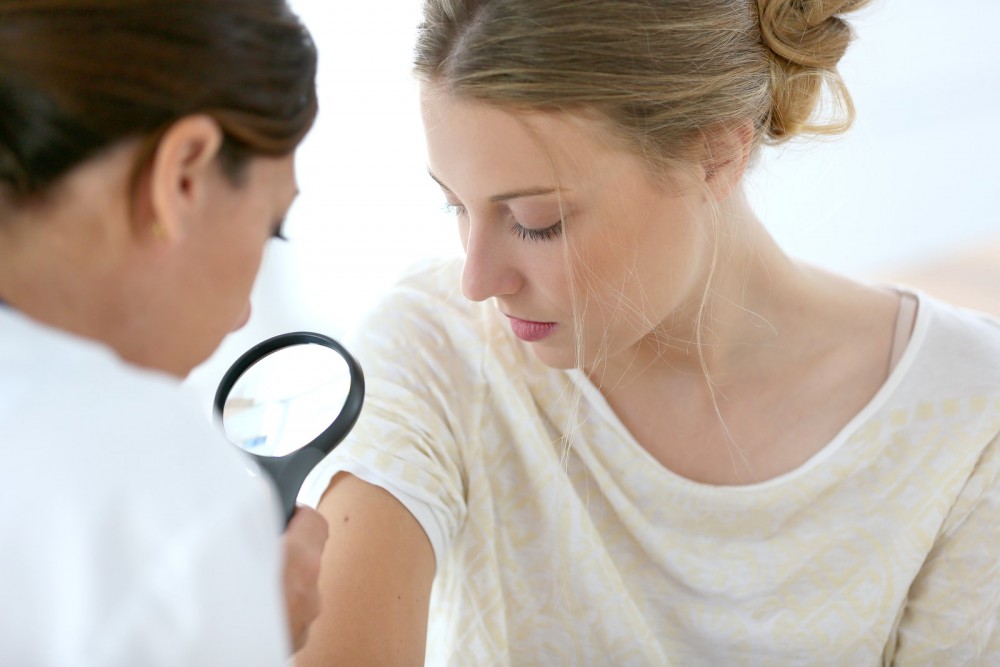
Melanoma rates in the United States have doubled over the past 20 years, but new genetic and molecular tests may prove helpful in diagnosing and treating the skin cancer.
That’s the word from Emily Chu, a University of Pennsylvania assistant professor of dermatology, and pathology and laboratory medicine, who spoke this month at the annual meeting of the American Academy of Dermatology (AAD).
Melanoma has a cure rate of nearly 100% when found early and treated, according to the AAD. If allowed to grow, it can spread quickly to other parts of the body. The AAD urged the public to have regular skin cancer screenings, especially for those with moles that differ from others or change, bleed or itch.
Melanoma statistics
While melanoma is responsible for only 1% of skin cancer cases, it causes most of the deaths, according to the American Cancer Society. Here are some other statistics:
- An estimated 76,380 new cases of melanoma will be diagnosed in the U.S. in 2016, including 46,870 men and 29,510 women.
- Of those numbers, melanoma will be the cause of death for about 10,130 people this year, including 6,750 men and 3,380 women.
- Melanoma is diagnosed more than 20 times as often in Caucasians than in African Americans. The lifetime risk of melanoma is 2.4% for Caucasians (1 in 40), 0.1% for African Americans (1 in 1,000) and 0.5% for Hispanics (1 in 200).
- The average age for melanoma diagnosis is 62.
You Might Also Enjoy: FDA in 2015 Approves Most First-of-a-Kind Drugs in 19 Years
Treatments
Doctors typically use tissue biopsies to diagnose skin cancer, but those results sometimes are unclear. By using tests called comparative genomic hybridization and fluorescent in situ hybridization, doctors can search for melanoma indicators by comparing the DNA in tumor cells to that found in normal tissue, Chu said. In addition, gene expression profiling may be used for obtaining further diagnostic information.
As for treatments, doctors may use sequencing testing in advanced cases. The melanoma is examined for specific mutations; doctors may then choose a targeted therapy best suited for the patient.
“Genetic and molecular tests are a valuable tool in our arsenal for fighting melanoma,” Chu said, according to the National Library of Medicine. “When used appropriately, these tests can provide dermatologists with important information to assist them in melanoma diagnosis and treatment, allowing them to provide patients with the best possible care.”
Chu said the tests can be easily obtained in the U.S. and frequently are covered by insurance or offered at no additional cost.
Chu did note that the results of genetic and molecular tests need to be considered along with other information used for diagnosis and treatment.
Other Melanoma News
An ointment developed from plant extracts could be effective in treating melanoma, according to scientists. The extract is said to impact the viability of tumor cells.
Testing is underway for a cream developed by researchers at Chile’s University of Santiago. Testing on animals helped double their life expectancy compared to conventional medicines.
The researchers said the ointment is applied to the affected area – which is then protected with a covering – every third day for roughly a month.









